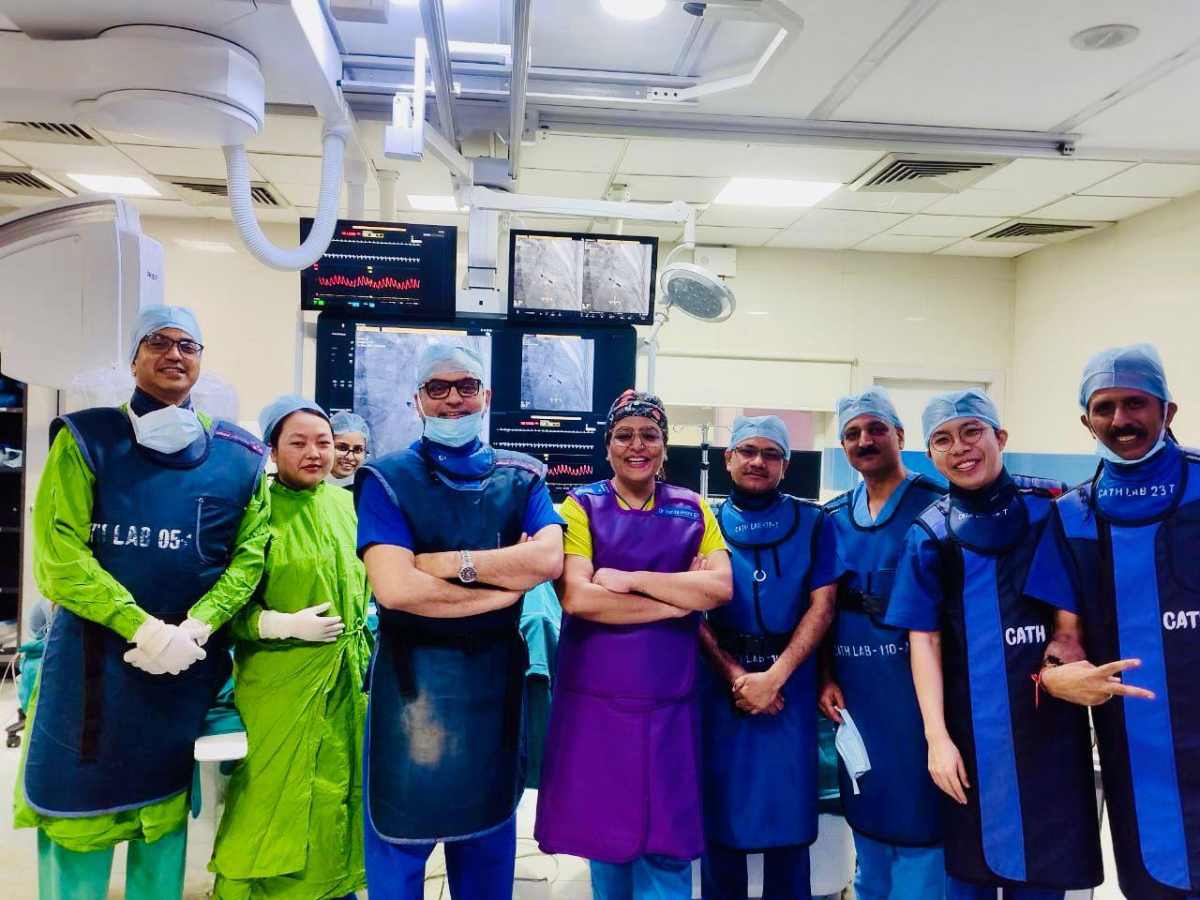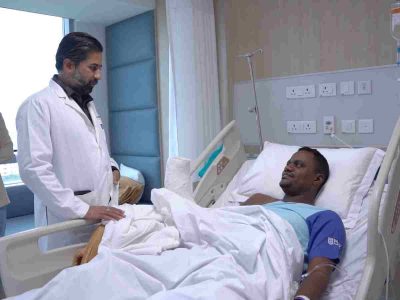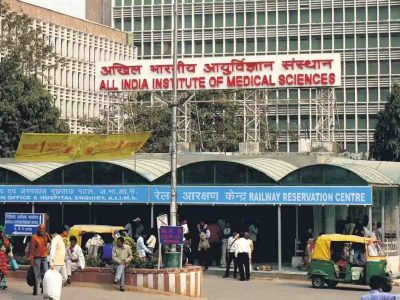A 75-year-old woman with diabetes, hypertension, and a history of recurrent infections underwent the implantation of the AVEIR VR Abbott Leadless Pacemaker at Delhi’s Indraprastha Apollo Hospital.
Dr Vanita Arora, Clinical Lead in Cardiac Electrophysiology at Indraprastha Apollo Hospital, performed the implantation of the AVEIR VR Abbott Leadless Pacemaker.
This innovative procedure, completed on November 11, 2024, marks a significant leap forward in minimally invasive heart treatment, especially for patients at high risk of complications from conventional pacemaker surgery.
The patient, a 75-year-old woman with diabetes, hypertension, and a history of recurrent infections, was struggling with severe fatigue and pre-syncope symptoms.
After diagnosing her with Sick Sinus Syndrome, Dr Arora recommended the leadless pacemaker as a safer alternative to traditional methods, avoiding surgical incisions and minimising infection risks.
Also read: Crackdown on old vehicles: Over 5,000 automobiles seized to curb pollution
“She was hesitant about a surgical implant due to pain, limited arm movement, and potential infection risks,” said Dr Arora.
“The leadless pacemaker, which is implanted through a catheter without an incision, provided the ideal solution,” she added.
The AVEIR VR Abbott Leadless Pacemaker stands out for its retrievability, upgrade options for future dual-chamber pacing, and a remarkable 17-year battery life, making it a viable choice for patients with chronic kidney disease or those prone to infections.
What is leadless pacemaker surgery?
Leadless pacemaker surgery is a minimally invasive procedure to implant a pacemaker device directly into the heart without the need for wires (leads) or a chest incision.
Traditional pacemakers require leads to connect the device, typically placed under the skin in the chest, to the heart. However, a leadless pacemaker is a small, self-contained device delivered through a catheter inserted into a vein, usually in the leg, and guided up to the heart.
Benefits of leadless pacemaker surgery:
Reduced infection risk: With no incision or lead wires, there’s a lower risk of infection, especially beneficial for patients with higher infection vulnerability.
Also read: Stuck in second gear: Only one of city’s 5 major railway stations is disabled-friendly
Less pain and faster recovery: The procedure avoids chest incisions, making it less invasive and allowing for a quicker recovery time.
Longer battery life and low maintenance: Leadless pacemakers often have long battery lives and require fewer follow-up surgeries.
Safe retrievability: Some leadless models, like the AVEIR VR Abbott, can be safely retrieved or upgraded if necessary.





